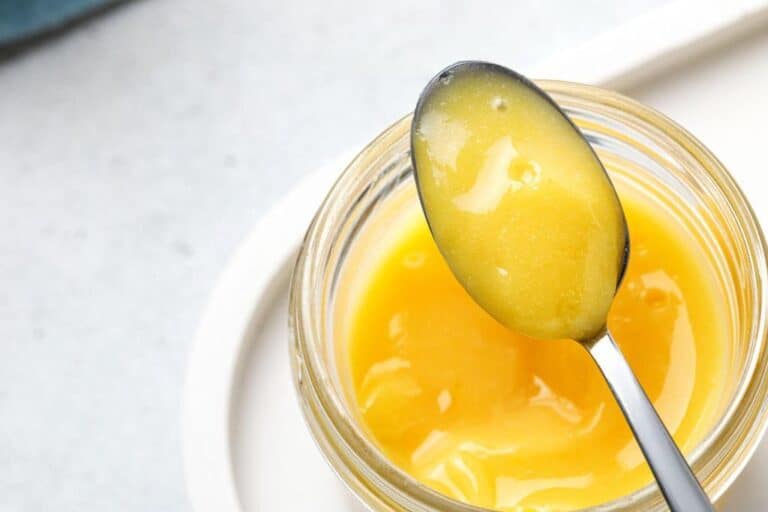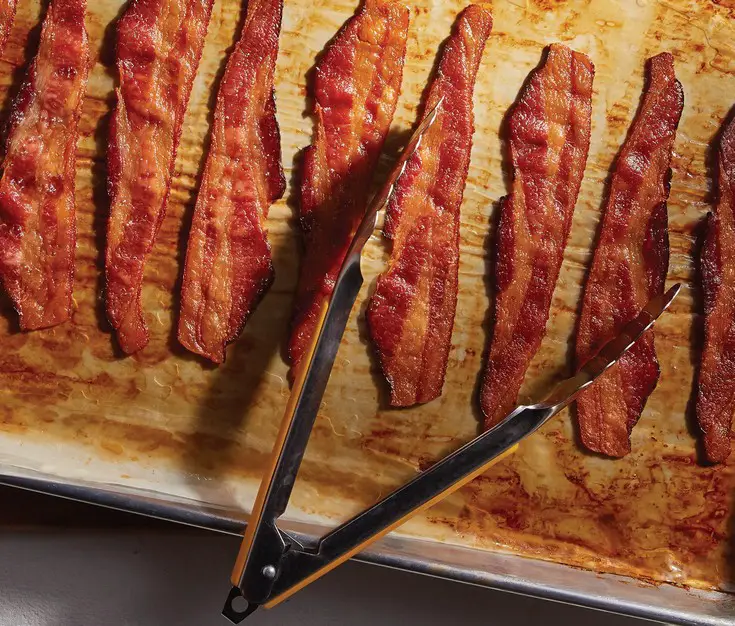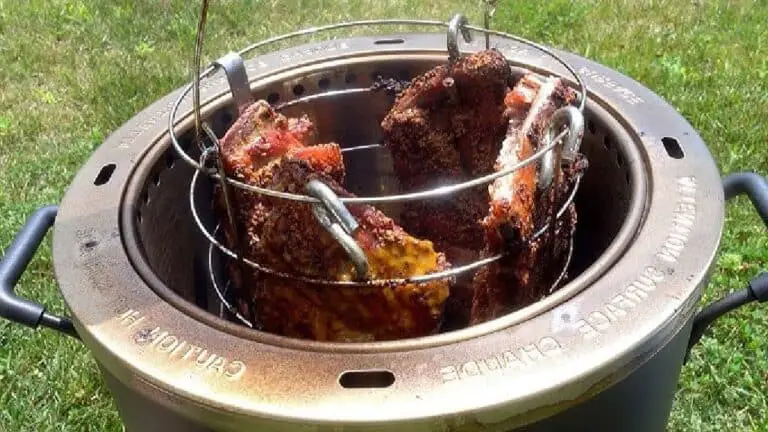How To Make Perfectly Grilled Vegetables At Home
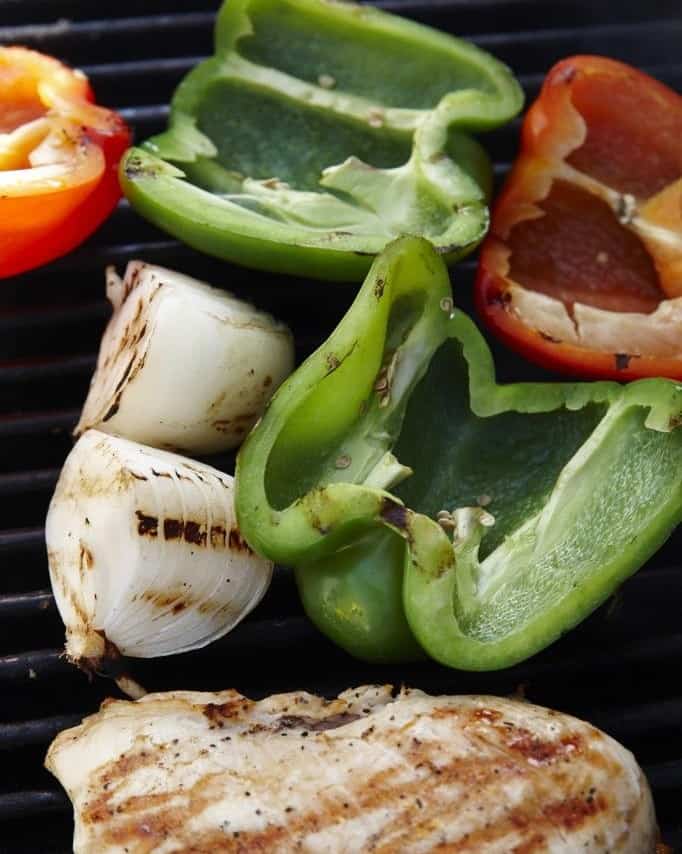
Many chefs know that, in many ways, vegetables are more interesting than meat. There are simply more unique vegetables than meat or fish. Think about how many different flavors, textures, and appearances vegetables have. Think about the many different ways of cooking vegetables: sautéing, frying, baking, and roasting.
But is there one way of cooking vegetables that is just perfect in the warmer months? Grilling. The grill not only imparts smoky and charred flavors, but also enhances their in-season flavors.
Before grilling vegetables, I first coat them with olive oil and season them with salt. I might also introduce other ingredients like herbs, minced garlic, chile powders, black pepper, or paprika (and especially smoked paprika). Depending on the size of the particular vegetable, allow 1-3 hours of marinating time to boost the overall flavor profile.
Because there are so many different vegetables, you have to learn the trick to cooking each one right to maximize its flavor and texture. This takes some practice, but it makes for fun and tasty practice!
Should You Marinate Vegetables Before Grilling?
When it comes to grilling vegetables, the question of marination often arises. Let’s delve into this flavorful dilemma and uncover whether marinating veggies before grilling is a must or merely a choice.
1. The Flavor Infusion: Marinating vegetables is like giving them a ticket to flavor town. A marinade, usually consisting of oils, acids (like vinegar or citrus juice), and herbs or spices, can infuse your veggies with mouthwatering tastes that elevate their natural goodness. As the veggies sit in the marinade, they soak up these aromatic elements, delivering a sensational taste experience on the grill.
2. Tenderness and Texture: Marination isn’t just about flavor; it can also contribute to the texture of your grilled veggies. The acidic components in the marinade can help tenderize tougher vegetables, making them more palatable and easier to bite into. This is especially true for veggies like eggplant, zucchini, and bell peppers, which benefit from a little pre-grill marinating.
3. The Decision Table: To Marinate or Not?
| Pros of Marination | Cons of Marination |
| Enhanced flavor profile | Requires extra prep time |
| Tenderizes tougher veggies | Can overpower delicate flavors |
| Creates a delightful char and caramelization | Excess liquid can lead to flare-ups |
Some of my favorite grilled vegetables are:
How To Grill Mushrooms
Most mushrooms contain a lot of water, so it is imperative that they are cooked over a hot grill. This is where the heat intensity of infrared grilling, like on a grill, comes in handy. If the grill is not scorching hot, the mushrooms will not develop a deep brown color and intense flavor.
Shittake mushrooms do not grill well as they are a low moisture mushroom, which is unusual in the world of mushrooms. Portabellos are popular for their rich taste and large size, which makes turning easy. Many people think that the portabello gills need to be removed before grilling. This is absolutely not necessary. In fact, the gills are quite delicious!
How To Grill Eggplant
There are several ways to cook eggplant on the grill. They can be sliced, halved, or even cooked whole. A good rule of thumb is that the larger the grill, the lower the grill temperature. Whole eggplant (ideally using some of the smaller eggplant varieties) is the first step in making dishes like baba ghanoush (a Middle Eastern eggplant dip).
In this case, the eggplant skin is allowed to literally burn, which creates the smoky flavor characteristic of this dish. Halved large eggplant can also be turned into delicious baba ghanoush. When slicing eggplant for the grill, remember these two tips. First, cut the slices ½-inch thick, as they will shrink considerably on the grill. Second, slice the eggplants lengthwise, as they are easier than round slices to turn and won’t get stuck in between the grates (or fall through on some grates on some grills).
How To Grill Asparagus
This is one of my favorite springtime dishes. Grilling asparagus brings out the sweetness of this vegetable and intensifies its flavor. It is important to choose smaller sized asparagus and only cook very fresh asparagus. When asparagus is not fresh, it becomes woody, and the dry heat of the grill only makes it tougher. You can tell if they are drying out by looking at the base of the asparagus. It should look plump, not shriveled. Recommended recipe: Pork Tenderloin with Thyme and Asparagus.
How To Grill Summer Squashes
There are two types of squash in the world: winter and summer. Winter squash are the hard varieties like butternut, acorn, etc. These are not ideal for the grill. Summer squash (zucchini, yellow summer squash, etc.), though, were made for the grill. Their high water content makes them perfect for the intense heat of infrared cooking. Like mushrooms, if summer squashes are not cooked over high heat, they will not develop the char lines that make them so delicious.
When preparing summer squash for the grill, slice them lengthwise instead of in rounds. This makes them easier to turn and manage on the grill.
Recommended recipe:
Grilled Summer Squash with Feta and Mint.
Stuffed Acorn Squash with Apples and Raisins
How To Grill Onions
Green onions turn nicely sweet on the grill. Just put them on a very hot grill for a few minutes until they turn light brown. Not into green onions? Just about any type will work, although the sweeter varieties (Vidalia, Walla Walla, etc.) are particularly wonderful as the heat of the grill accentuates their sweetness.
I like to cut them into ½-inch thick rounds. This way, they are less likely to unravel on the grill. Cook them over moderate heat so that they have time to soften completely. This will ensure that they develop their inherent sweetness. Lastly, be careful when you flip the onion. Using a spatula, try to keep the onion round together.
How To Grill Lettuce
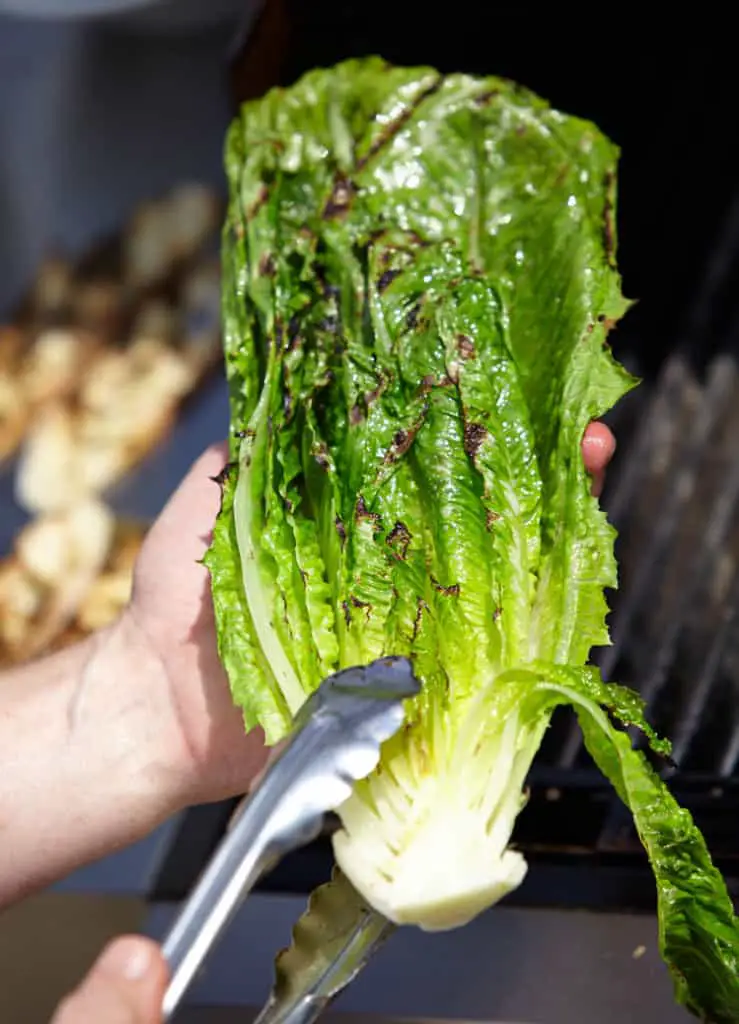
Many lettuces work great on the grill. My favorites tend to be more bitter varieties like radicchio, Belgian endive, and frissée. Romaine also works well. To prepare the lettuces for the grill, half or quarter them, being sure to cut through the core so as to keep the lettuce together. Grill them over high heat because lettuce cooks quickly. The point is to develop char lines and soften the lettuce without turning it to mush.
How To Grill Peppers
All peppers are grill friendly. Smaller varieties can simply be cut in half to remove the seeds. For larger bell peppers of all varieties, I simply cut off the top and bottom so as to remove the seeds easily. Then I cut the middle of the pepper into several pieces. This makes for flat pieces of peppers that make for easy grilling.
How To Grill Corn
There are many ways to make corn on the grill. I prefer to cook whole ears of corn with the husk left on. The corn is then grilled on moderate heat to give it time to cook through. At the same time, the husks should blacken considerably, which then flavors the corn kernels. At this point, it is ready to serve, although if you want some actual caramelization on the kernels, shuck the corn, and place it over a very hot grill to lightly char it.
While these vegetables are on the grill, smoke can also be introduced as a flavoring element. I like to position some wood chips in between the grates of my grill. They smoke beautifully, and with the top of the grill closed, the vegetables absorb some of the smoky flavor. In my opinion, I particularly love smoke with peppers, eggplant, and mushrooms.
Once the vegetables are off the grill, they can be further spiked with flavorful ingredients. They can be tossed with minced fresh herbs (parsley, tarragon, chives, cilantro, and basil) and grated cheese. They can also be sprinkled with balsamic vinegar, soy sauce, and additional olive oil. The fact is that, as there are many different types of vegetables, there are a multitude of ways to flavor them. So have some fun with your taste buds!


